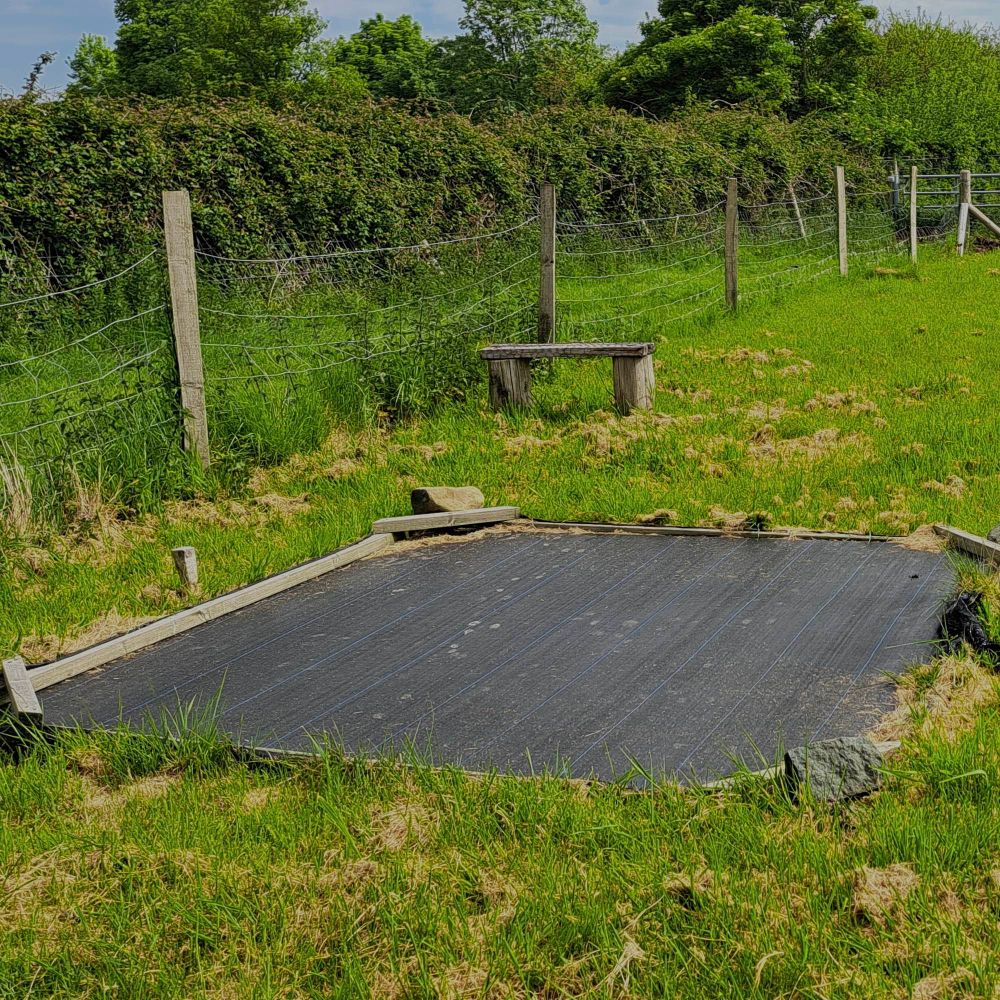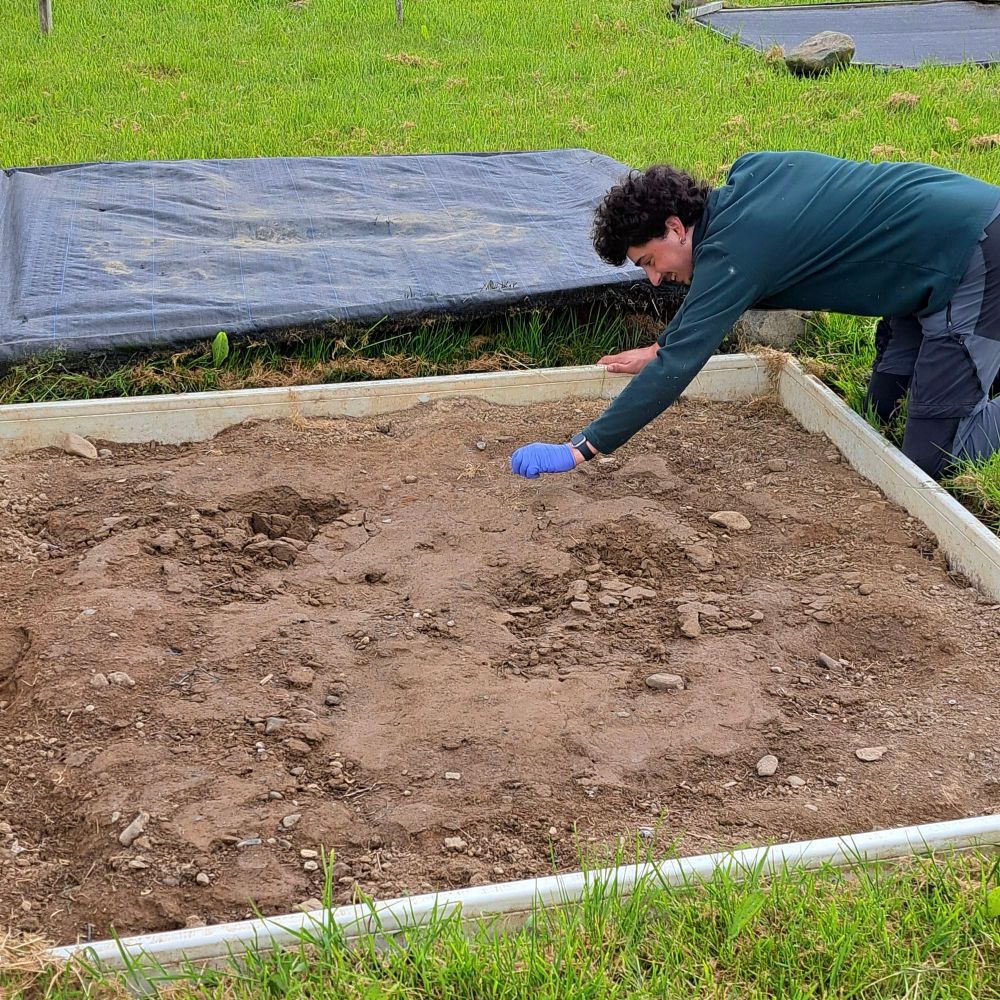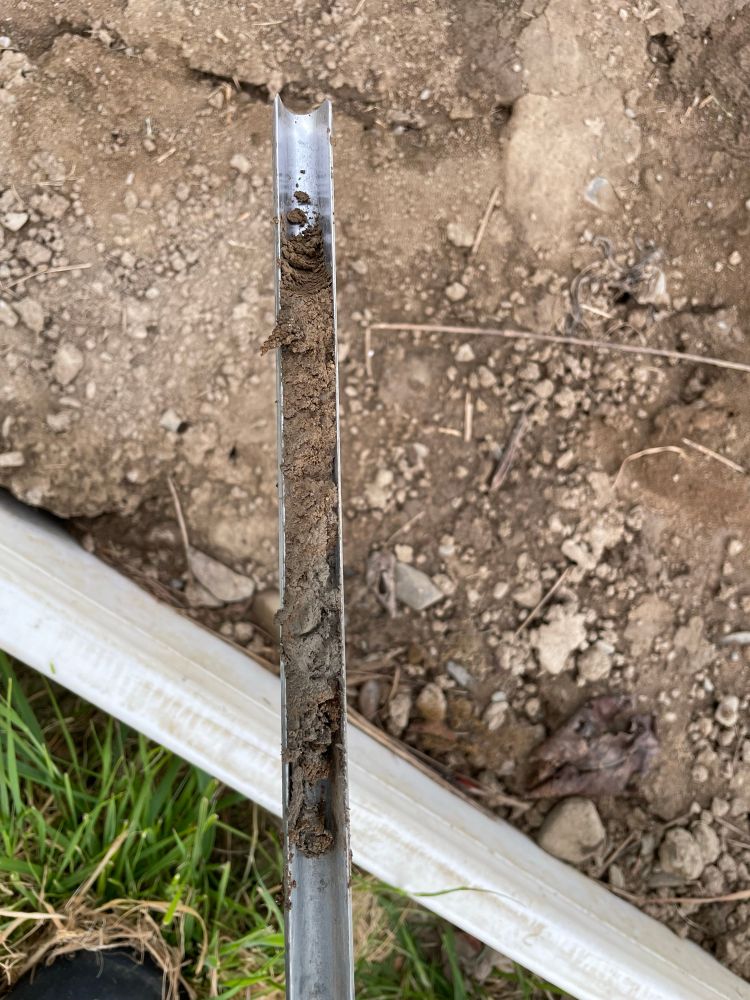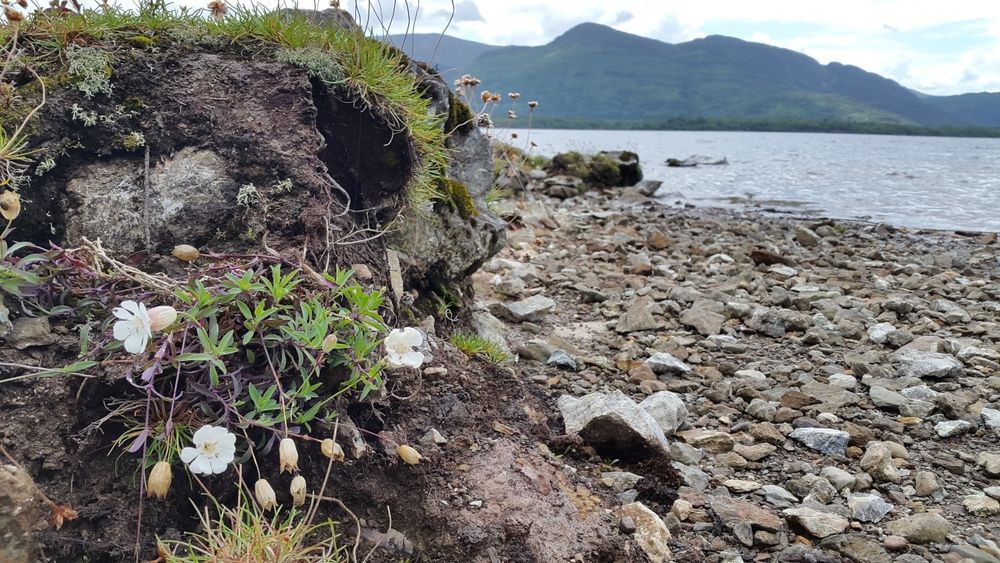Check out the cool forest biodiversity work we are doing at the SUPERB Project!
Metabarcoding of about 1,600 malaise and 1600 soil samples from forest sites in Spain, France, Sweden, Czech Republic, Romania and Serbia.
forest-restoration.eu/biodiversity...

Check out the cool forest biodiversity work we are doing at the SUPERB Project!
Metabarcoding of about 1,600 malaise and 1600 soil samples from forest sites in Spain, France, Sweden, Czech Republic, Romania and Serbia.
forest-restoration.eu/biodiversity...
medically important snake species). Congrats!



medically important snake species). Congrats!
I went to sample the blackout experiment with 20-year old bare fallow plots at the Henfaes Research Farm (Bangor University)
Here, we want to study SOM/SOC and the cycling of “old persistent” carbon in the absence of new fresh plant input.



I went to sample the blackout experiment with 20-year old bare fallow plots at the Henfaes Research Farm (Bangor University)
Here, we want to study SOM/SOC and the cycling of “old persistent” carbon in the absence of new fresh plant input.

Read more: nph.onlinelibrary.wiley.com/doi/10.1002/...

Read more: nph.onlinelibrary.wiley.com/doi/10.1002/...
dx.doi.org/10.1371/jour...

dx.doi.org/10.1371/jour...
@lancasterlt.bsky.social & @gretabocedi.bsky.social.
@meebangor.bsky.social @bangoruniversity.bsky.social @ukceh.bsky.social @uniofaberdeen.bsky.social


